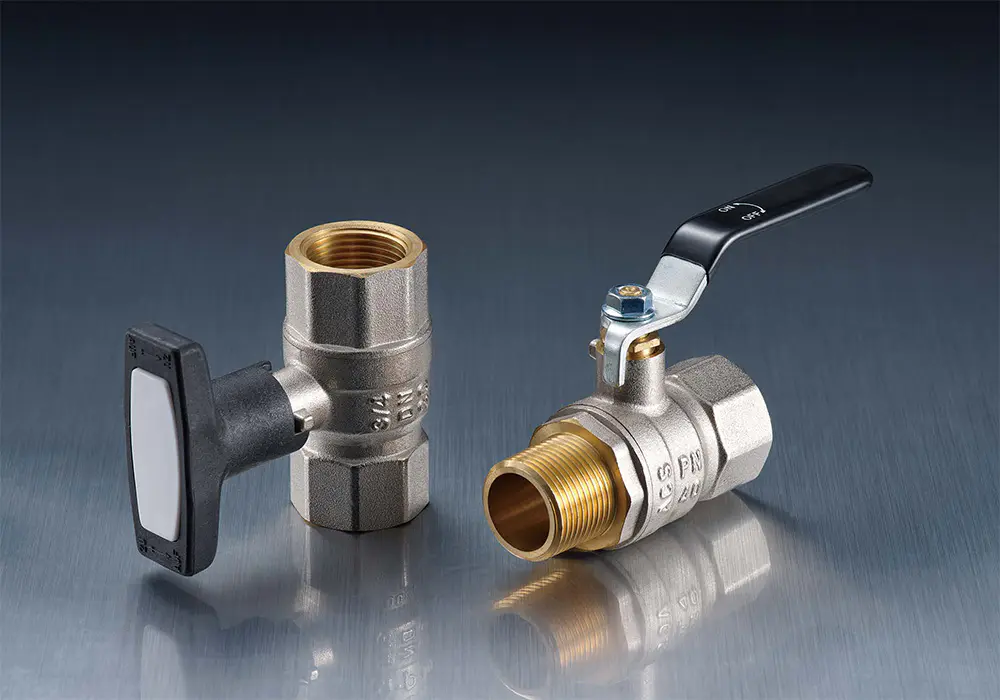2025-10-17
The humble gas valve is a critical safety component in a vast array of applications, from residential kitchen stoves to industrial heating systems. Its failure is not an option, as the consequences can be severe. This inherent demand for reliability places immense importance on the standards governing its production. When the valve is constructed from brass, an alloy chosen for its machinability, corrosion resistance, and durability, a specific set of manufacturing protocols comes into play.

The production standards for a Brass Gas Valve are not dictated by a single rule but are a composite of rigorous material specifications, precise manufacturing tolerances, stringent leak-testing procedures, and performance validation under simulated real-world conditions. These standards, often codified by international and national bodies, ensure that every valve leaving a factory provides a consistent and dependable seal for gaseous fuel.
The journey of a reliable Brass Gas Valve begins long before any machining takes place, with the very material from which it is forged. International standards, such as those from ASTM International, provide strict specifications for the brass alloy used. The composition is critical; typically, a lead-free brass is now mandated for potable water and gas applications to prevent environmental and health concerns. This lead-free brass, often using bismuth or silicon as alternatives, must still maintain machining properties and resistance to dezincification—a form of corrosion where zinc is leached from the alloy, leaving a porous and weak copper structure. Standards specify the exact percentages of copper, zinc, and other alloying elements, and require the material to pass specific tests for dezincification resistance. This ensures the body of the Brass Gas Valve will not degrade prematurely over its service life, maintaining its structural integrity against the constant pressure of the gas line.
Once the certified brass rod or casting is acquired, the production process shifts to machining and dimensional control. The standards here are focused on achieving precision and consistency. Every port thread, whether it be NPT (National Pipe Taper) or BSP (British Standard Pipe), must be cut to exacting dimensional standards to ensure a leak-tight seal when connected to the gas line. The machining of the valve seat—the surface against which the disc or ball seals—is particularly crucial. Its surface finish must be smooth enough to allow for a seal but machined with such accuracy that it aligns perfectly with the closing mechanism. Production standards dictate the tolerances for these and all other critical dimensions, ensuring that every Brass Gas Valve of a particular model is interchangeable and will function identically. This level of precision is typically achieved through automated CNC machining and is verified through regular quality control checks using calibrated gauges.
Perhaps the critical phase in the production of a Brass Gas Valve is testing and quality assurance. A valve can be made from the material and machined to microscopic tolerances, but it must be proven to hold a seal. This is where standards like those from the American National Standards Institute (ANSI) and the Canadian Standards Association (CSA) come to the forefront. A fundamental requirement is a rigorous leak test. Every single valve is subjected to this test, often using air or an inert gas at a pressure significantly higher than its normal operating pressure. The valve is tested in both the open and closed positions to verify that there are no leaks through the body or past the seat. Furthermore, the valve undergoes cycle testing, where it is opened and closed tens of thousands of times to simulate its operational life. This tests the durability of the stem, the seat, and the seals, ensuring the valve will not fail due to wear and tear.
Beyond basic leak and cycle testing, production standards also encompass performance validation that simulates the challenges of a real-world environment. This includes assessing the valve's capability to withstand thermal stress and its overall mechanical strength. For instance, a valve may be subjected to a hydrostatic pressure test that evaluates the strength of the valve body and its end connections, ensuring it can withstand pressure surges without rupturing. Additionally, the assembly and packaging of the final product are also covered by standards. The cleaning of the valve to remove any machining chips or contaminants is a mandatory step, as foreign debris could prevent a proper seal. The final Brass Gas Valve must be clearly marked with its flow direction, pressure rating, size, and the manufacturer's identification, providing essential information for the installer and end-user while ensuring traceability.